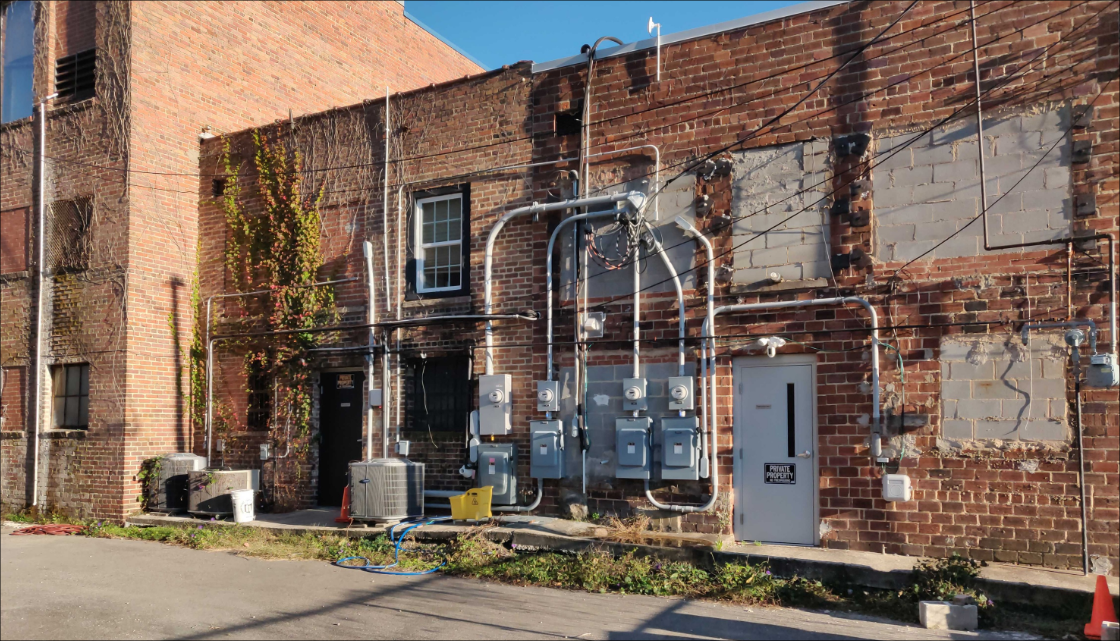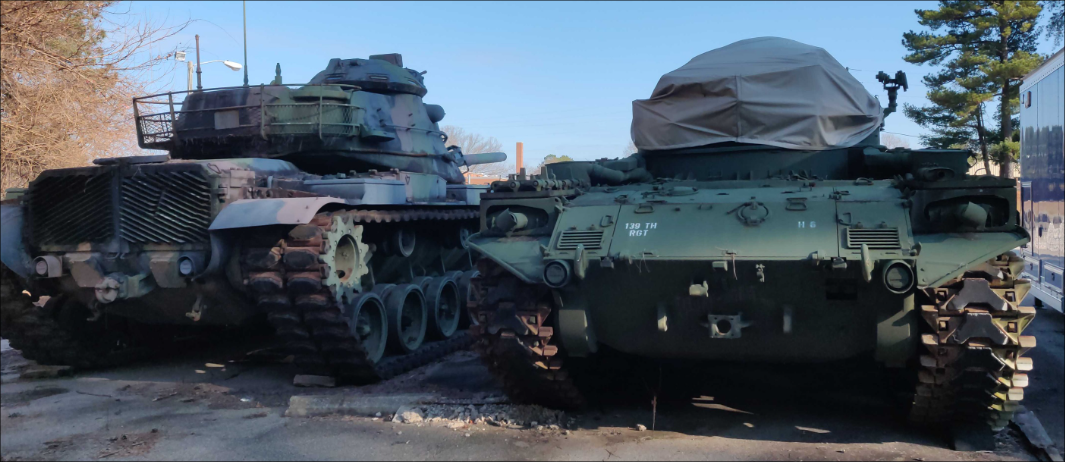Pricing Your 3D Scanning Project
Are you needing 3D scans for your film or video game? Are you considering creating an 3D asset library for your company or team? There are lots of factors that influence the pricing of your 3d scanning project. In this guide, we cover the main factors that contribute to the cost of 3D scanning.
Size of the Object
The size of the object to be scanned is an important factor to consider when budgeting for a scan. Generally, larger objects will take longer to scan and generally cost more than smaller ones. However, this may not always be the case – a smaller but more intricate object may cost more to scan than a larger but simpler one.
It might be logical to classify and charge for objects by their measured size, or perhaps cubic volume, but many times this creates complexity as our clients are ordering in bulk. To simplify the process, Matterfield classifies objects into 4 basic size ranges.
"Smaller than a Basketball"
This includes most foods (fruit), small machine parts, small home decor, even game consoles.
"Reasonably Carried by a Human"
These are objects larger than a basketball that any human can reasonably expect to carry without undue burden. Things like basic household furniture (chairs, stools), weaponry such as swords and guns, armor, pillows, trash cans, even bicycles.
"Burdensome, Smaller than a Car"
These are larger objects that are bulky and burdensome for a single person to handle but are generally considered smaller than an automobile. Items such as bedroom furniture, mattresses, dumpsters, monuments/statues, and electrical infrastructure are difficult for one person to reasonably move or handle on their own.
Objects larger than these would require a custom quote.
Complexity
Simple objects with few intricate details will be faster and easier to scan than those with complex features such as holes, fine lines, sharp edges, overhangs, and threads. These more detailed objects will take longer to scan and process in order to produce a complete and accurate model. For example, a small and geometrically simple wrench is much easier to scan and process than a bouquet of flowers. A simple office chair is easier to scan than an electrical box. Trash cans are simpler than wicker baskets.
If the shape of the object deforms, the entire scan is at risk for failure as we move the asset to scan other sides. Items like duffel bags, purses, backpacks, shoes with strings, and hinged elements can cause issues. To prevent this, we will have to rig/hang/suspend and scan the object in a novel way to prevent any deformation. Any deformable item is considered High complexity.
Matterfield uses 3 categories to define complexity:
Low Complexity
Very little concavities or holes. Items like wrenches, pillows, office chair, some fruit or vegetables.
Medium Complexity
Some concavities but not too difficult. Items such as donuts, some machine parts, wood crates, simple furniture.
High Complexity
These objects have many concavities and fine component details. Items such as duffel bags, backpacks, car dashboards, bicycles, and circuit boards qualify.
Quantity of Objects Needed

Matterfield specializes in creating libraries of content for our clients. Quite simply, the more objects and surfaces needed over the length of a contract, the greater the discount on our services. To qualify for discounts, a minimum of a 3 month contract at over 50 assets per month is required.
We know budgeting and pricing is a complex task when it comes to creating a large asset database. So, to make things easy, we can charge a simple flat rate for each object scanned no matter the complexity or approach taken.
Structured Light or Photogrammetry

SLS, or Structured Light Scanning, is a 3D scanning technique that involves projecting a pattern of light onto an object and capturing images of the resulting deformation of the pattern. By analyzing the deformation of the pattern, it is possible to generate a 3D model of the object. Structured light scanning is often used for applications such as reverse engineering, quality inspection, and manufacturing. It is known for its high accuracy and resolution, as well as its ability to capture complex surface details.
Photogrammetry is different in that it uses photographs to measure and generate 3D models and maps. Key points or features are identified in the images and matched to corresponding features in other images. Software calculates these points as 3D coordinates and generates a mesh.
The choice between which approach to take largely depends on the surface properties of the object. Metallic and flat painted surfaces do not reproduce accurately using photogrammetry, but SLS can scan it quite well. Matterfield will choose what is best for the situation when it comes to geometry reconstruction.
With regard to color reproduction, objects scanned using SLS hardware(Structured Light Scanning), can provide a budget-friendly option. If the asset being scanned using SLS is a “non-hero” asset, or an asset that is generally in the middle-to-background in a video game or vfx cinematic, using the color output from the SLS scanner may be ideal for you.
Otherwise, for SLS scans that require the absolute best color reproduction, we pair it with a cross-polarized, color-corrected 61 megapixel DSLR pass. This approach produces astounding tack-sharp color details. Combined with SLS, the resulting asset is beautiful. Increases in labor, processing time, and potential for manual processing is likely. If the object does not require SLS, we rely on our standard photogrammetry approach using the same DSLR rig.
For example, here our scan of a MuckBoot. According to our guidelines, this would be an object of Small size, medium complexity, shot with Structured Light + DSLR RGB and minimal post processing.
Manual Post Processing
We strive to scan the assets with as much coverage as possible. It’s easier and cheaper for us and the client to have a complete asset scanned. Sometimes, however, we just can’t physically reach all parts, or fine geometric details weren’t photographed enough, requiring patching/cloning/remodeling. We only charge extra here if the asset is deemed “High Complexity.” (complex assets likely need manual retopologizing)
Simple objects as mentioned above (fruit, vegetables) can utilize auto-topology/remeshing techniques. Complex objects like bicycles and shoes may need special manual retopologizing due to the intricate details and will add to the cost.
For some surfaces such as plastic or metals, a lot of manual cleanup is required when shooting using photogrammetry because the surface properties do not reconstruct using the structure-from-motion algorithms. When we encounter these surface types, Matterfield relies on metrology-grade structured light scanning equipment which ensures data integrity (and can be used outdoors!). This keeps costs down and quality high!
If the object is to be rendered in a real-time setting, LODs might be requested and is optional.
Travel and Permissions

Matterfield’s business focus is not on building a downloadable 3d asset library, but building an immense “geographical” library. We believe our clients should dictate the technical specifications of the content, so everything we shoot is shot, processed, and delivered, “fresh.” You’ll be pleasantly surprised what we can get, and our “thematic reach” expands every month as we engage with special third parties.
Our photographers live in various regions all over the world. We typically do not charge for travel if the asset can be captured within a 1 hour drive, or if the contract scope of work is substantial. In some cases, we’ve obtained special legal permission and established unique relationships in geographical areas, retail shops, government organizations, etc. that we maintain for the benefit of our clients. Additional costs may be incurred if content is requested from these locations.
No-Cost Services!
It’s not all about money! Does your company offer products or services pertinent to our business model? Do you have access to, or manufacture, a large stock of physical objects (such as furniture dealers, industrial manufacturing, auto sales, museums, etc)? We’d love to talk to you and offer our services at no charge. Contact us asap!




















